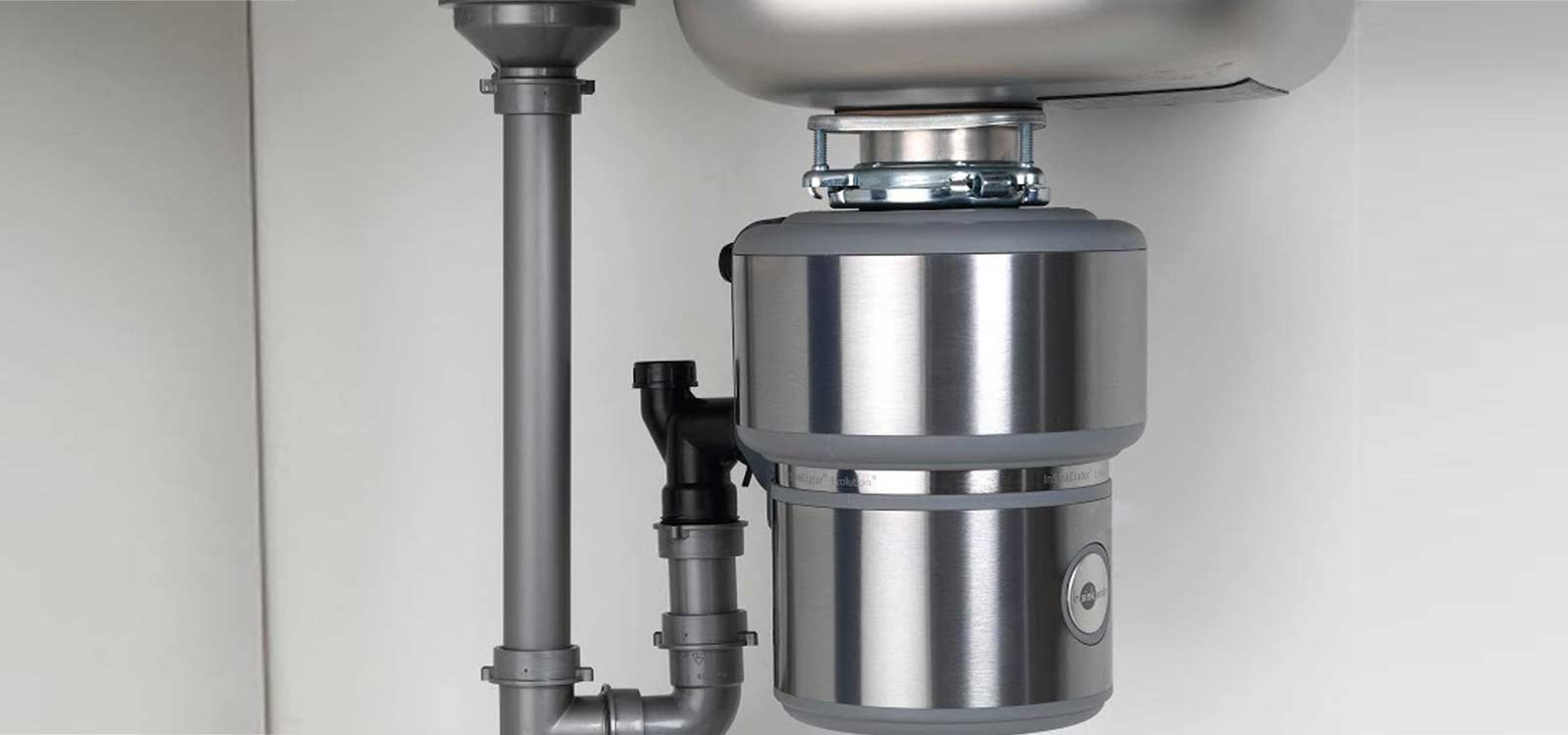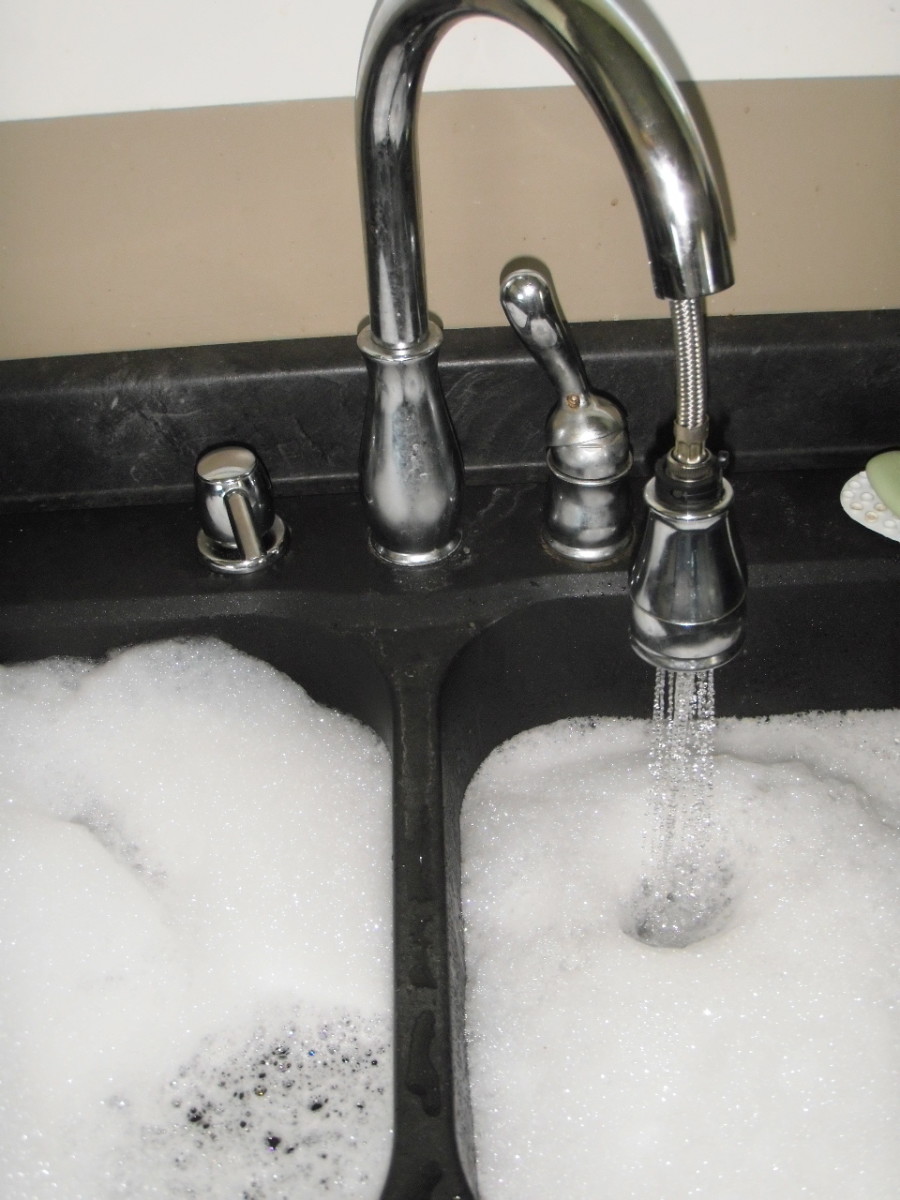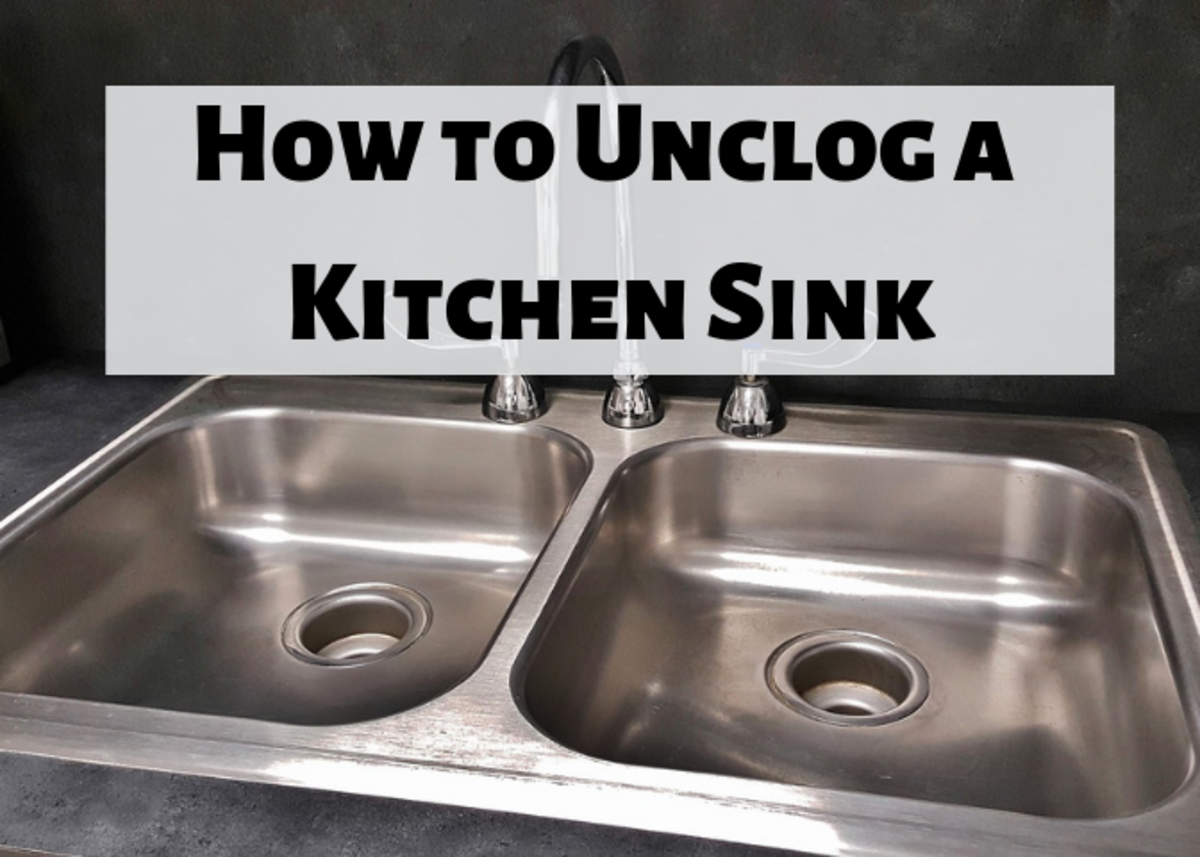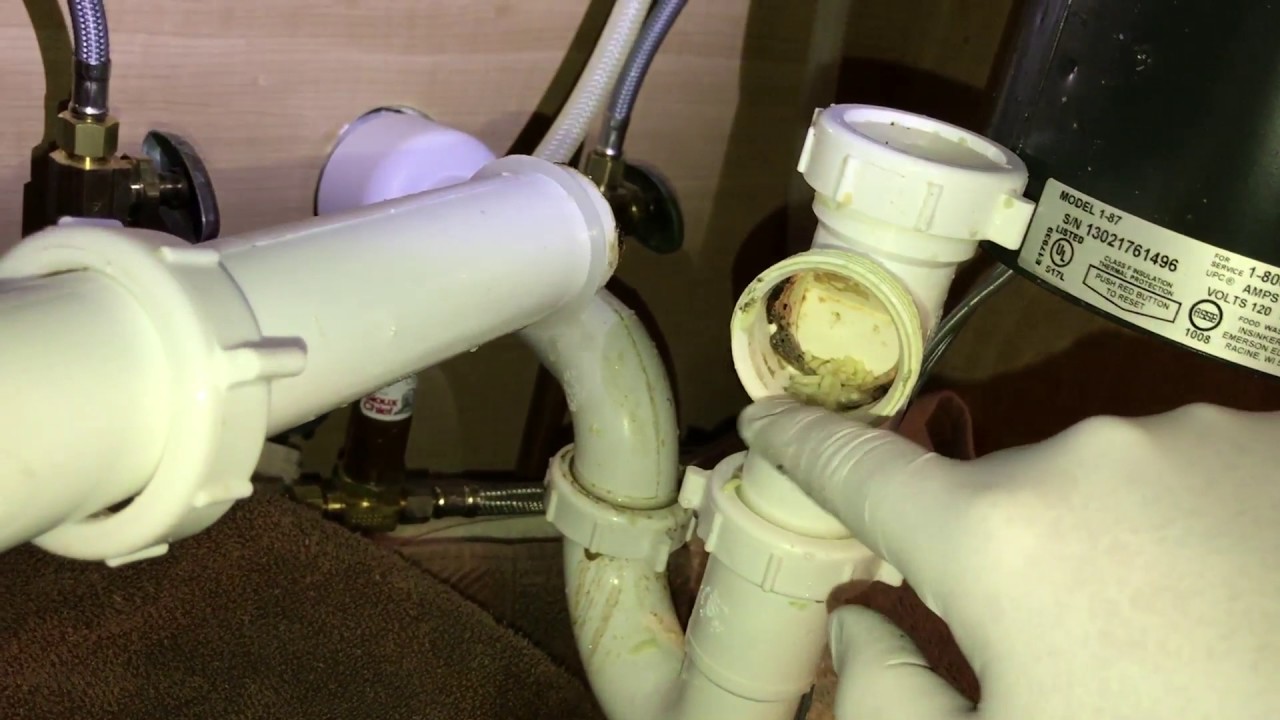Installing a garbage disposal in your kitchen sink is a great way to make your kitchen more efficient and hygienic. With a garbage disposal, you can easily rid your sink of food scraps and prevent clogs in your pipes. Here's a step-by-step guide on how to install a garbage disposal in your kitchen sink. Step 1: Gather your tools and materials Before you begin, make sure you have all the necessary tools and materials. These include a garbage disposal unit, plumber's putty, a screwdriver, an adjustable wrench, and a bucket to catch any water that may spill out during the installation process. Step 2: Turn off the power and water Before you start working on your sink, make sure to turn off the power and water supply to avoid any accidents. You can do this by unplugging the power cord from the outlet and turning off the water supply valve under the sink. Step 3: Remove the old sink flange If you already have a garbage disposal in your sink, you'll need to remove the old sink flange. Use a screwdriver to loosen the screws holding the old flange in place, and then remove the flange and the putty that surrounds it. Step 4: Install the new sink flange Next, apply plumber's putty around the new sink flange and place it on the drain opening in your sink. Make sure it is secure and level. Step 5: Attach the mounting ring and mounting assembly Once the sink flange is in place, attach the mounting ring and mounting assembly to it. These parts will hold the garbage disposal in place. Step 6: Install the garbage disposal unit Now it's time to install the garbage disposal unit itself. Simply twist it onto the mounting assembly and tighten it with the mounting screws. Step 7: Connect the drain pipes Connect the drain pipes to the garbage disposal unit, making sure they are securely in place. Use the adjustable wrench to tighten the connections if needed. Step 8: Turn on the water and power Once everything is connected, turn the water supply back on and plug in the garbage disposal's power cord. Congratulations, you now have a functioning garbage disposal in your kitchen sink!How to Install a Garbage Disposal in a Kitchen Sink
Dealing with a clogged kitchen sink can be a major inconvenience, especially if you have a garbage disposal. However, fixing a clogged sink with a garbage disposal is not as difficult as it may seem. Here's how you can do it. Step 1: Identify the problem The first step in fixing a clogged kitchen sink with a garbage disposal is to identify the source of the clog. If the water is not draining at all, the clog is most likely in the drain pipes. If the water is draining slowly, the clog is probably in the garbage disposal. Step 2: Use a plunger If the clog is in the drain pipes, you can try using a plunger to dislodge it. Make sure to cover the garbage disposal opening with a wet cloth to prevent any debris from flying out. Plunge vigorously until the clog is cleared. Step 3: Clear the garbage disposal If the clog is in the garbage disposal, use a pair of tongs or pliers to remove any visible debris from the unit. You can also try pouring a mixture of hot water and dish soap down the drain to help loosen the clog. Step 4: Use a garbage disposal cleaner If the clog persists, you can try using a garbage disposal cleaner. These products are specifically designed to break down food particles and clear clogs in the unit. Step 5: Call a professional If none of the above methods work, it's best to call a professional plumber for assistance. They will have the necessary tools and expertise to clear the clog and get your kitchen sink back to working properly.How to Fix a Clogged Kitchen Sink with a Garbage Disposal
Regularly cleaning your kitchen sink garbage disposal is important for keeping it in top working condition and preventing any unpleasant odors. Here's how you can clean your garbage disposal effectively. Step 1: Turn off the power and water Before you start cleaning, make sure to turn off the power and water supply to your garbage disposal. You can do this by unplugging the power cord and turning off the water supply valve under the sink. Step 2: Remove any visible debris Using tongs or pliers, remove any visible debris from the garbage disposal. This will prevent any clogs and make the cleaning process easier. Step 3: Use ice and salt Putting a handful of ice cubes and a tablespoon of salt down the garbage disposal can help remove any built-up residue and sharpens the blades. Step 4: Add a cleaning solution You can use a commercial garbage disposal cleaner or make your own by pouring a mixture of hot water, baking soda, and vinegar down the drain. Let it sit for a few minutes before rinsing with hot water. Step 5: Scrub the rubber flaps and drain opening Use an old toothbrush or scrub brush to clean the rubber flaps and the drain opening. These areas can collect food particles and lead to odors if not cleaned regularly. Step 6: Rinse with hot water Once you've completed all the steps, run hot water down the drain for a few minutes to flush out any remaining debris and cleaning solution. Your kitchen sink garbage disposal should now be clean and free of any odors!How to Clean a Kitchen Sink Garbage Disposal
If your kitchen sink garbage disposal is not working properly, it can be frustrating and inconvenient. However, there are a few simple troubleshooting steps you can take to get it back up and running. Here's what you can do. Step 1: Check the power and water supply Make sure that your garbage disposal is plugged in and that the power supply is turned on. Also, check that the water supply valve under the sink is open. Step 2: Reset the unit If the garbage disposal is not turning on at all, it may have tripped the circuit breaker. Look for a red reset button on the bottom of the unit and press it to reset the disposal. Step 3: Clear any clogs If the garbage disposal is making a humming noise but not grinding properly, it may be clogged. Use a pair of tongs or pliers to remove any visible debris from the unit and try running it again. Step 4: Sharpen the blades If the garbage disposal is not grinding food properly, the blades may be dull. You can try sharpening them by putting a handful of ice cubes and a tablespoon of salt down the drain and running the unit. Step 5: Call a professional If none of these troubleshooting steps work, it's best to call a professional plumber for assistance. They will be able to diagnose and fix any issues with your garbage disposal.How to Troubleshoot a Kitchen Sink Garbage Disposal
Like any other appliance, your kitchen sink garbage disposal may eventually need to be replaced. Here's how you can replace it yourself. Step 1: Turn off the power and water Before you begin, make sure to turn off the power and water supply to your garbage disposal. You can do this by unplugging the power cord and turning off the water supply valve under the sink. Step 2: Disconnect the old unit Using a screwdriver and an adjustable wrench, disconnect the old garbage disposal unit from the mounting assembly and drain pipes. Step 3: Install the new unit Follow the steps outlined in the "How to Install a Garbage Disposal in a Kitchen Sink" section to install the new unit. Step 4: Reconnect the drain pipes Connect the drain pipes to the new unit, making sure they are securely in place. Use the adjustable wrench to tighten the connections if needed. Step 5: Turn on the water and power Once everything is connected, turn the water supply back on and plug in the garbage disposal's power cord. Congratulations, you have successfully replaced your kitchen sink garbage disposal!How to Replace a Kitchen Sink Garbage Disposal
Using a garbage disposal in your kitchen sink can make clean-up a breeze. Here's how you can use it effectively. Step 1: Run cold water Before turning on the garbage disposal, make sure to run cold water down the drain. This will help keep the unit cool and prevent any food particles from sticking to the blades. Step 2: Turn on the unit Turn on the garbage disposal by flipping the switch or pressing the button. Slowly feed small amounts of food into the unit, making sure to run water down the drain at the same time. Step 3: Keep it running Once all the food has been ground up, continue to run the garbage disposal for a few seconds to ensure all the food particles have been flushed out. Step 4: Turn off the unit and the water Once you're finished using the garbage disposal, turn off the unit and the water supply. Let the water run for a few seconds to help flush out any remaining debris. Remember to never put your hand or any other objects down the garbage disposal!How to Use a Kitchen Sink Garbage Disposal
Regular maintenance is key to keeping your kitchen sink garbage disposal in good working condition. Here are a few tips on how to maintain your unit. Step 1: Use it regularly Running your garbage disposal regularly helps prevent any buildup of food particles and keeps the blades sharp. Step 2: Avoid certain foods Avoid putting stringy or fibrous foods, such as celery or banana peels, down the garbage disposal. These can get tangled in the blades and cause clogs. Step 3: Clean it regularly Regularly cleaning your garbage disposal using the steps outlined in the "How to Clean a Kitchen Sink Garbage Disposal" section will help prevent any odors and keep it functioning properly. Step 4: Avoid using harsh chemicals Harsh chemicals can damage the blades and pipes of your garbage disposal. Instead, opt for natural cleaning solutions or commercial garbage disposal cleaners. Step 5: Call a professional for any issues If you encounter any problems with your garbage disposal, it's best to call a professional plumber for assistance. They will be able to properly diagnose and fix any issues.How to Maintain a Kitchen Sink Garbage Disposal
If your kitchen sink is clogged and you have a garbage disposal, it's important to take extra care when trying to unclog it. Here's what you can do. Step 1: Turn off the power and water Before attempting to unclog your sink, make sure to turn off the power and water supply to your garbage disposal. You can do this by unplugging the power cord and turning off the water supply valve under the sink. Step 2: Clear any visible debris Using tongs or pliers, remove any visible debris from the garbage disposal. This will help prevent any clogs and make the unclogging process easier. Step 3: Use a plunger If the clog is in the drain pipes, you can use a plunger to dislodge it. Make sure to cover the garbage disposal opening with a wet cloth to prevent any debris from flying out. Plunge vigorously until the clog is cleared. Step 4: Use a drain snake If the plunger doesn't work, you can try using a drain snake to clear the clog. Insert the drain snake into the drain pipe and turn it in a circular motion to dislodge any debris.How to Unclog a Kitchen Sink with a Garbage Disposal
The Convenience and Benefits of a Kitchen Sink Food Disposal
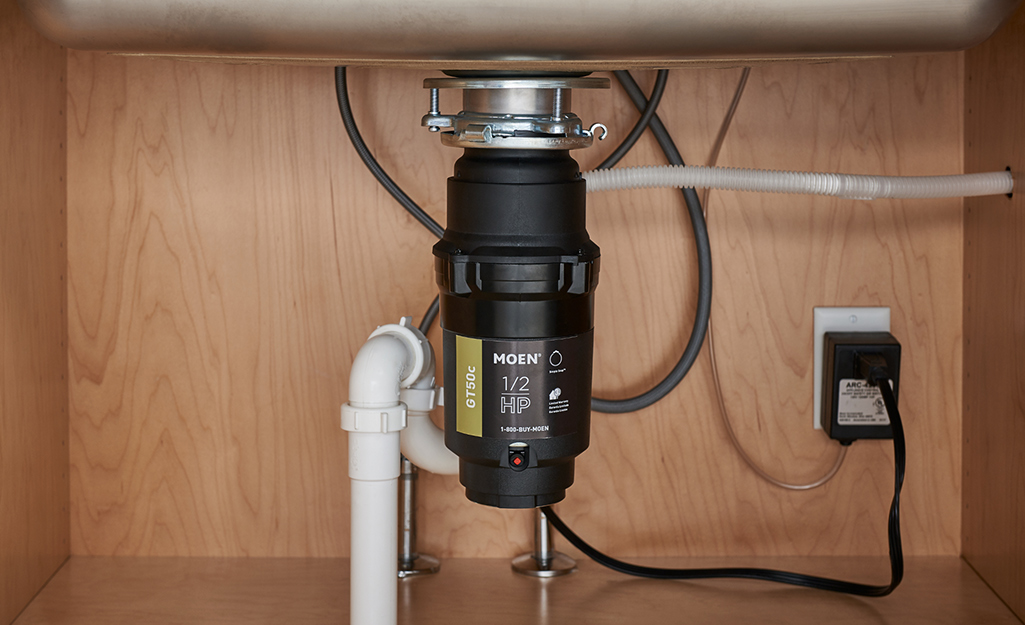
Efficient Waste Management
 One of the most convenient and efficient additions to any modern kitchen is the
kitchen sink food disposal
. This device, also known as a garbage disposal, can provide numerous benefits in terms of waste management. Instead of throwing food scraps in the trash, which can lead to unpleasant odors and attract pests, the food disposal grinds the scraps into tiny particles that can easily pass through the plumbing system. This not only keeps your kitchen smelling fresh, but it also helps prevent clogs and backups in your pipes.
One of the most convenient and efficient additions to any modern kitchen is the
kitchen sink food disposal
. This device, also known as a garbage disposal, can provide numerous benefits in terms of waste management. Instead of throwing food scraps in the trash, which can lead to unpleasant odors and attract pests, the food disposal grinds the scraps into tiny particles that can easily pass through the plumbing system. This not only keeps your kitchen smelling fresh, but it also helps prevent clogs and backups in your pipes.
Reduced Environmental Impact
 Another advantage of a kitchen sink food disposal is its positive impact on the environment. By grinding food scraps and sending them to the wastewater treatment plant, these scraps can be turned into energy and fertilizer instead of ending up in landfills. This helps reduce greenhouse gas emissions and decreases the amount of waste that goes into landfills, contributing to a more sustainable future.
Another advantage of a kitchen sink food disposal is its positive impact on the environment. By grinding food scraps and sending them to the wastewater treatment plant, these scraps can be turned into energy and fertilizer instead of ending up in landfills. This helps reduce greenhouse gas emissions and decreases the amount of waste that goes into landfills, contributing to a more sustainable future.
Time-Saving Solution
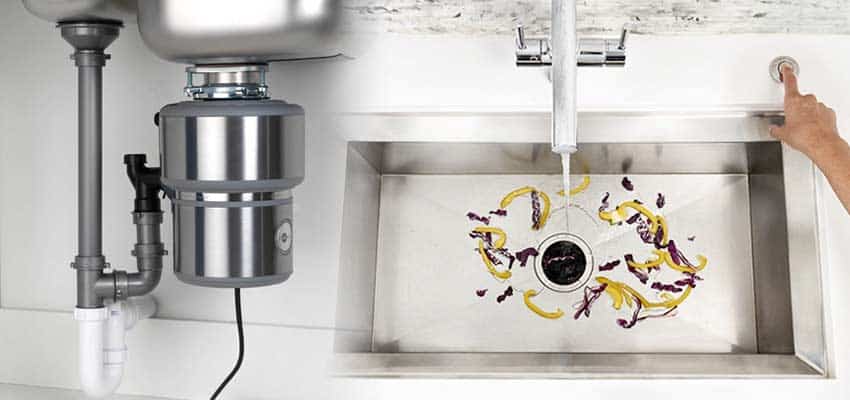 In addition to its environmental benefits, a kitchen sink food disposal also saves time in the kitchen. Instead of having to scrape food scraps into a separate bin or constantly take out the trash, you can simply rinse them down the sink and let the disposal do the rest. This can be especially helpful when preparing meals, as it eliminates the need for frequent trips to the trash can or compost bin.
In addition to its environmental benefits, a kitchen sink food disposal also saves time in the kitchen. Instead of having to scrape food scraps into a separate bin or constantly take out the trash, you can simply rinse them down the sink and let the disposal do the rest. This can be especially helpful when preparing meals, as it eliminates the need for frequent trips to the trash can or compost bin.
Improves Overall Kitchen Cleanliness
 Having a kitchen sink food disposal can also improve the overall cleanliness and hygiene of your kitchen. By disposing of food scraps immediately, you can prevent them from sitting in the trash and attracting bacteria and pests. This can also help reduce the risk of foodborne illnesses, making your kitchen a safer and more sanitary place to cook and eat.
In conclusion, a
kitchen sink food disposal
is a convenient and beneficial addition to any modern kitchen. From efficient waste management and environmental sustainability to time-saving and improved cleanliness, this device offers numerous advantages. If you're considering upgrading your kitchen, be sure to include a food disposal in your design plans.
Having a kitchen sink food disposal can also improve the overall cleanliness and hygiene of your kitchen. By disposing of food scraps immediately, you can prevent them from sitting in the trash and attracting bacteria and pests. This can also help reduce the risk of foodborne illnesses, making your kitchen a safer and more sanitary place to cook and eat.
In conclusion, a
kitchen sink food disposal
is a convenient and beneficial addition to any modern kitchen. From efficient waste management and environmental sustainability to time-saving and improved cleanliness, this device offers numerous advantages. If you're considering upgrading your kitchen, be sure to include a food disposal in your design plans.


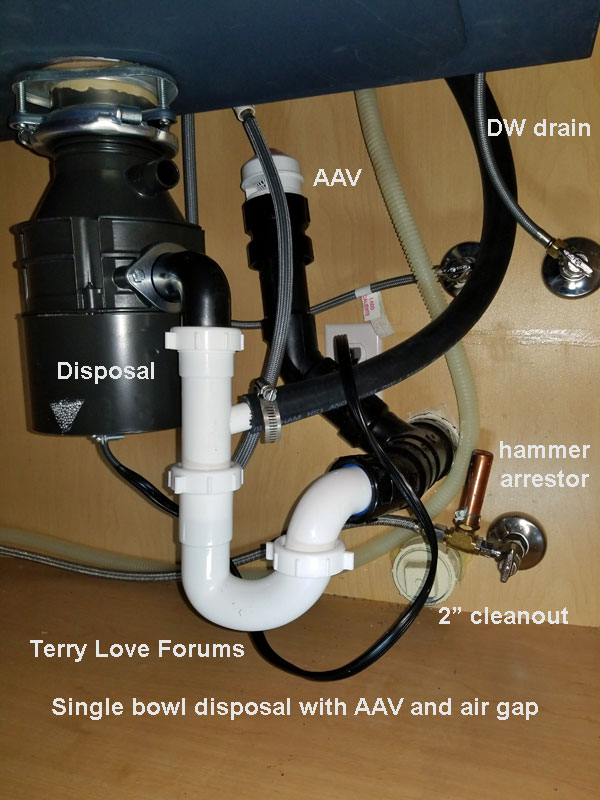


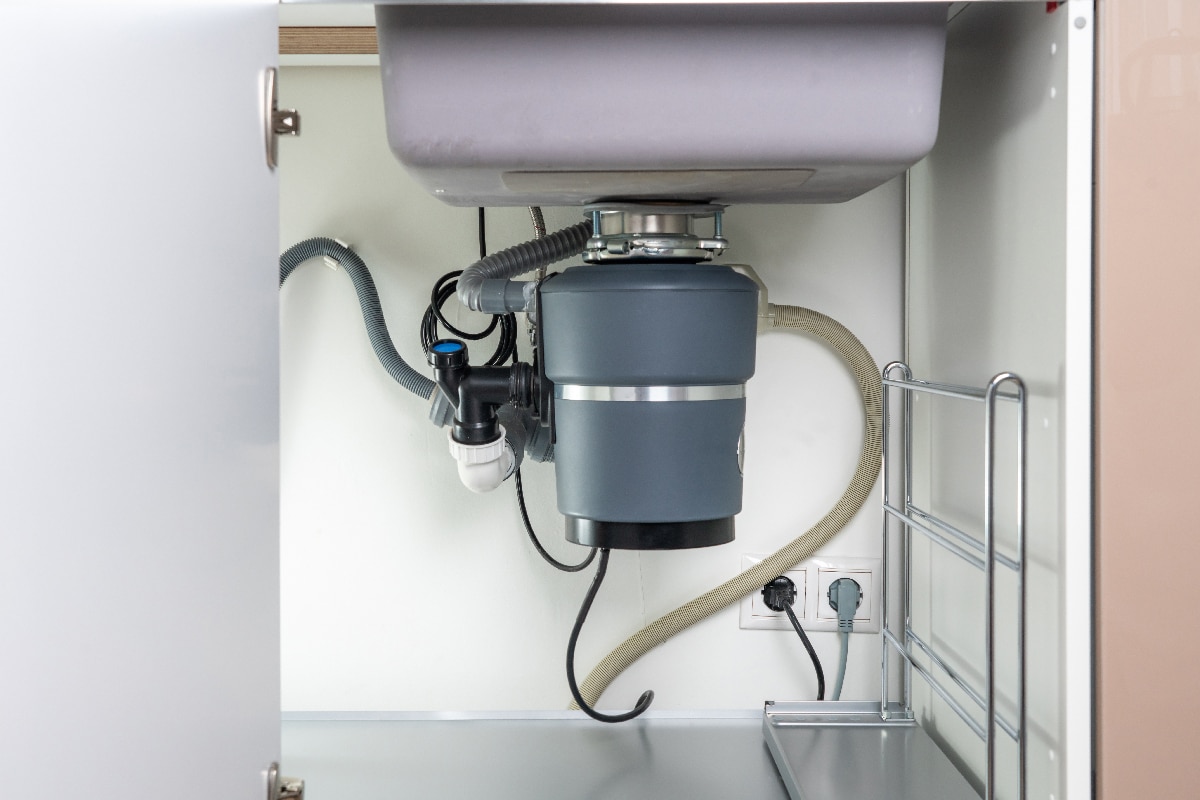
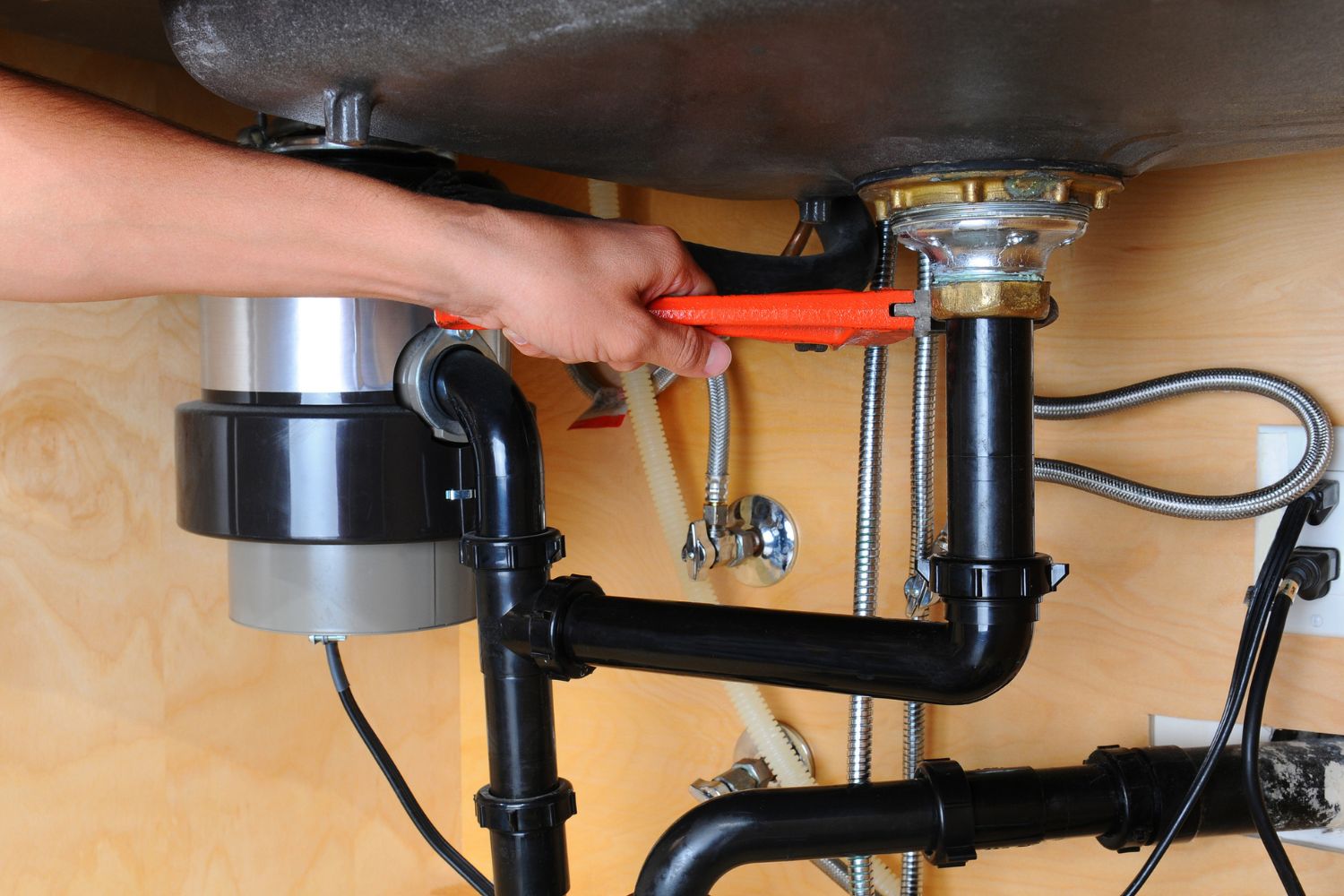
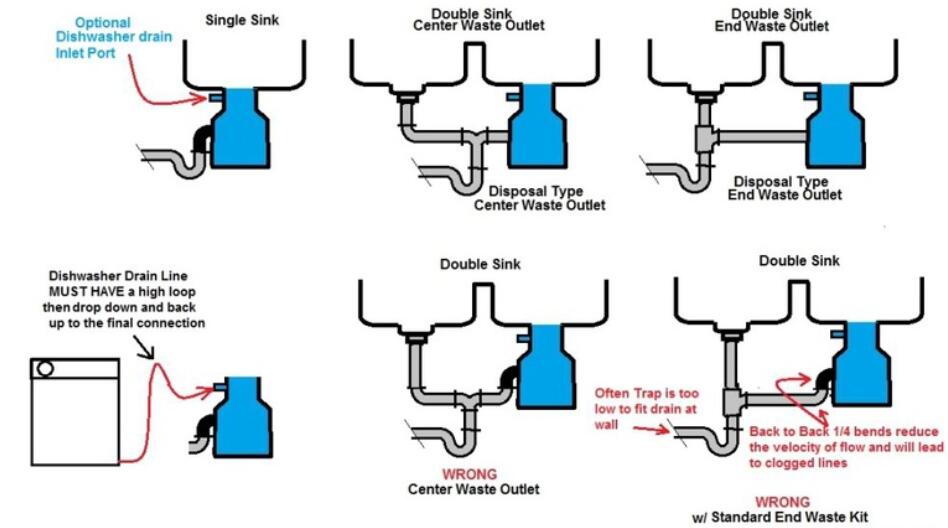




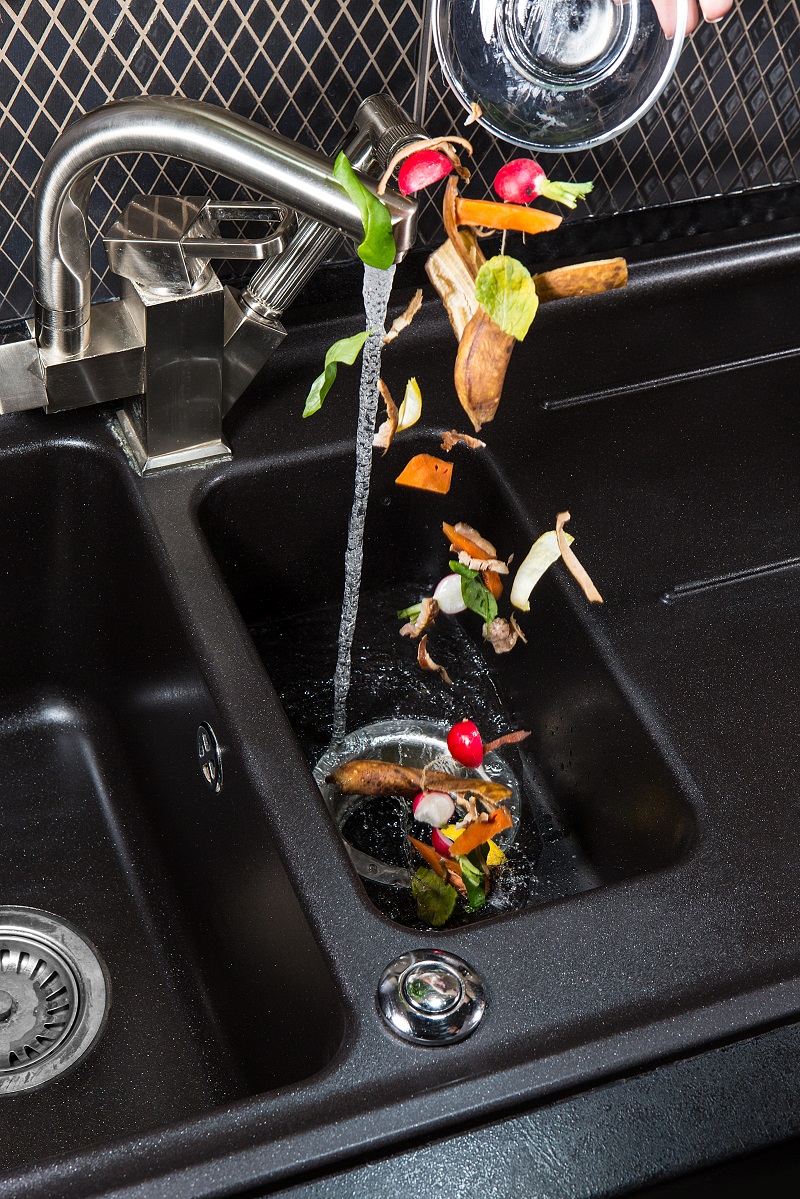

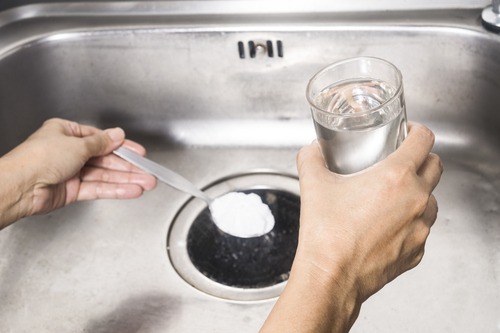

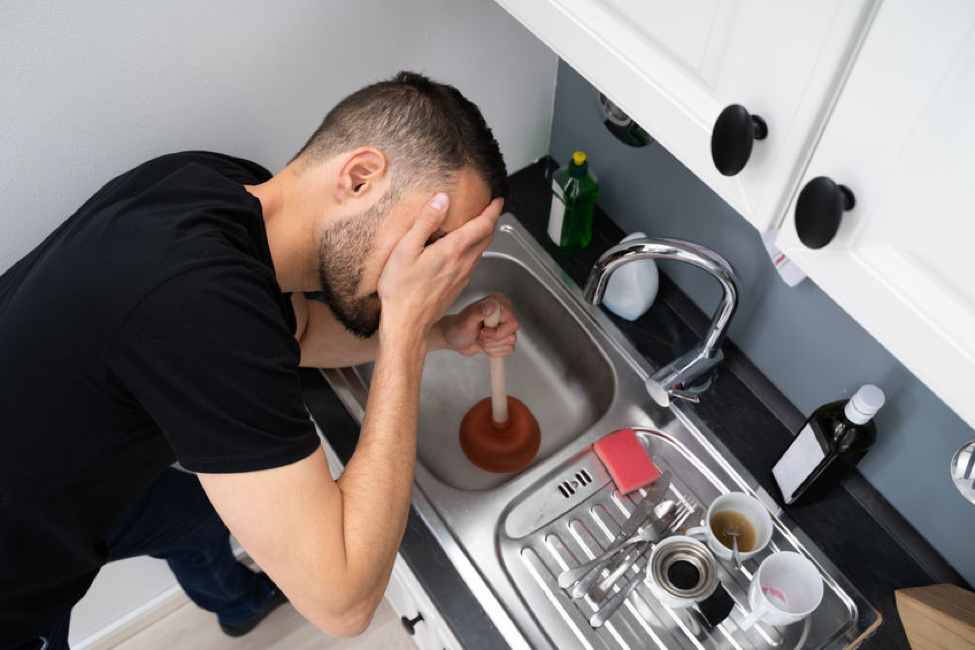

/kitchen-sink-171366298-57fe93b75f9b5805c26b283a.jpg)
:max_bytes(150000):strip_icc()/Repair-a-Clogged-Garbage-Disposal-1824884-hero-cda06d4e6955472bbab06ed123bc5b99.jpg)






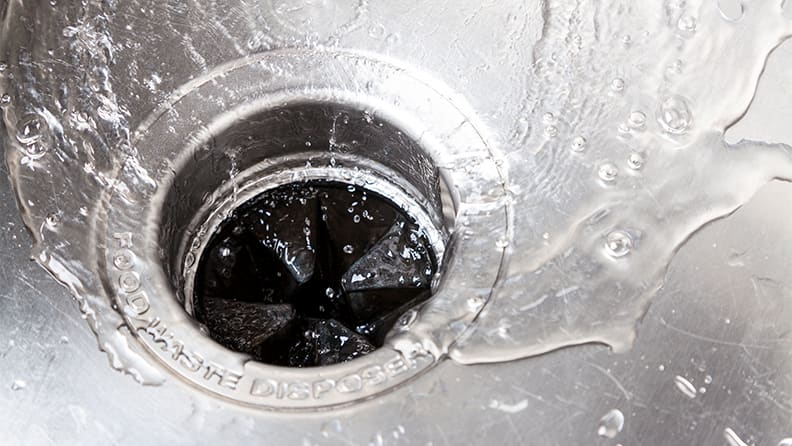

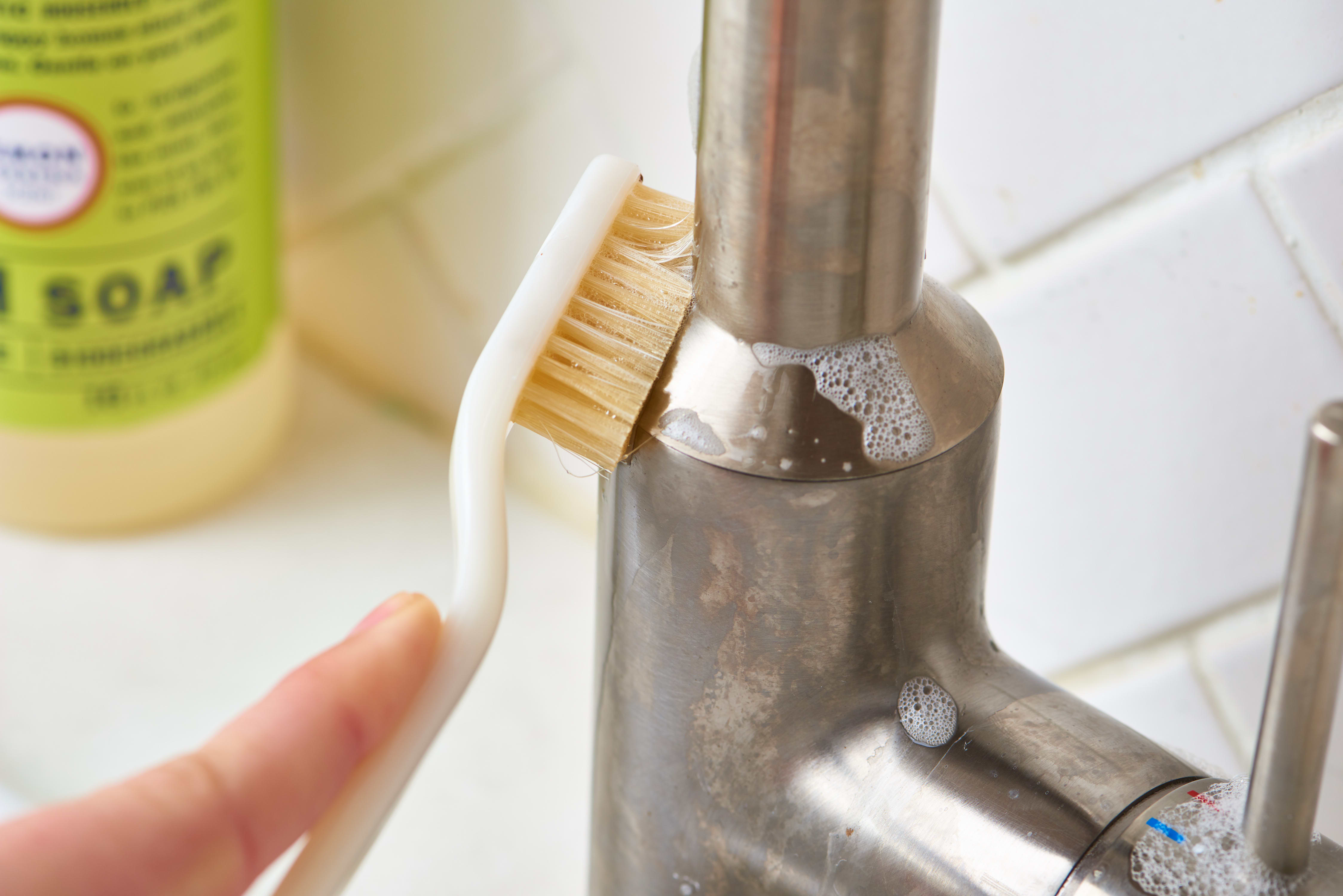



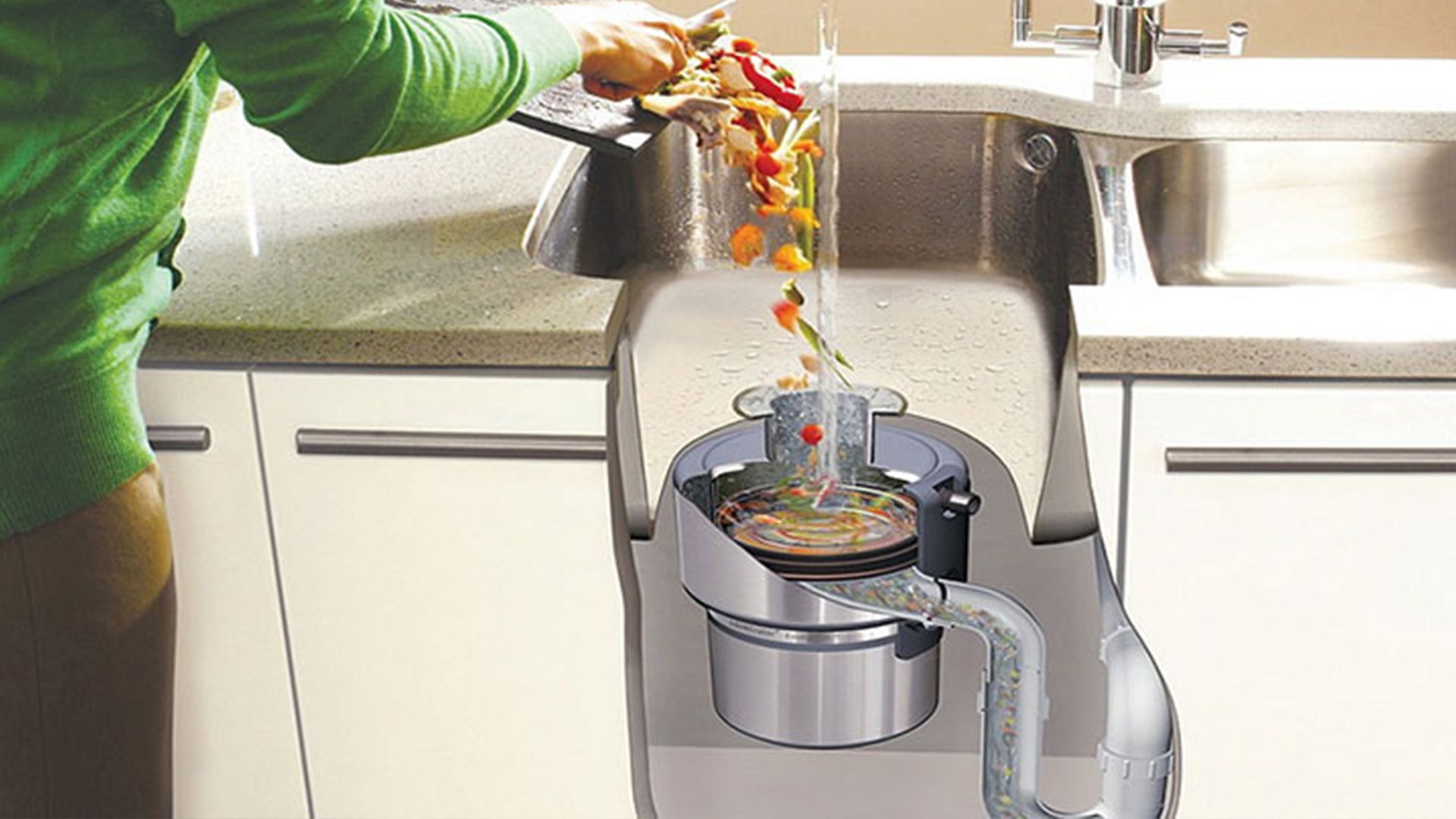
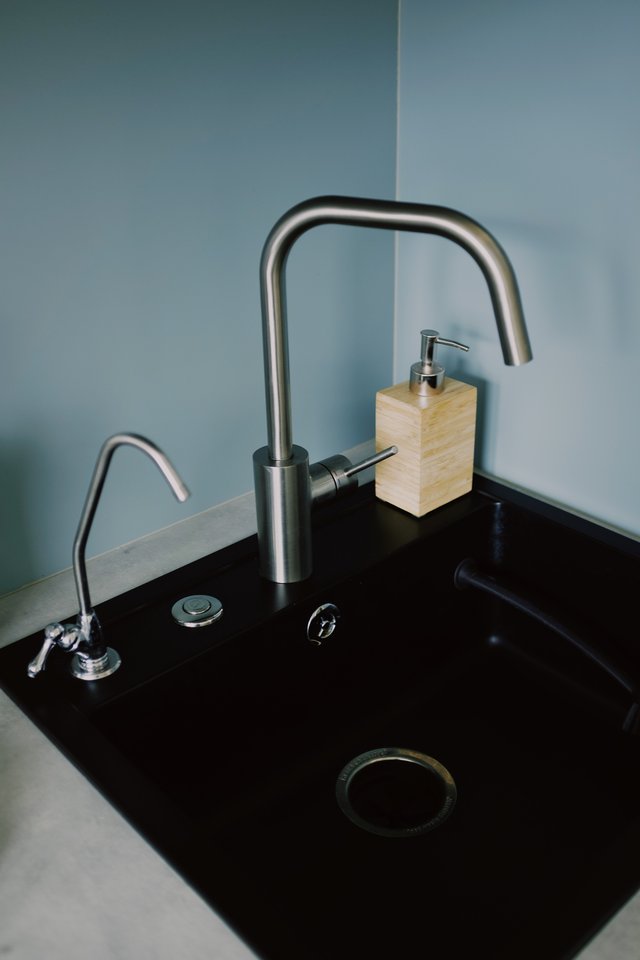


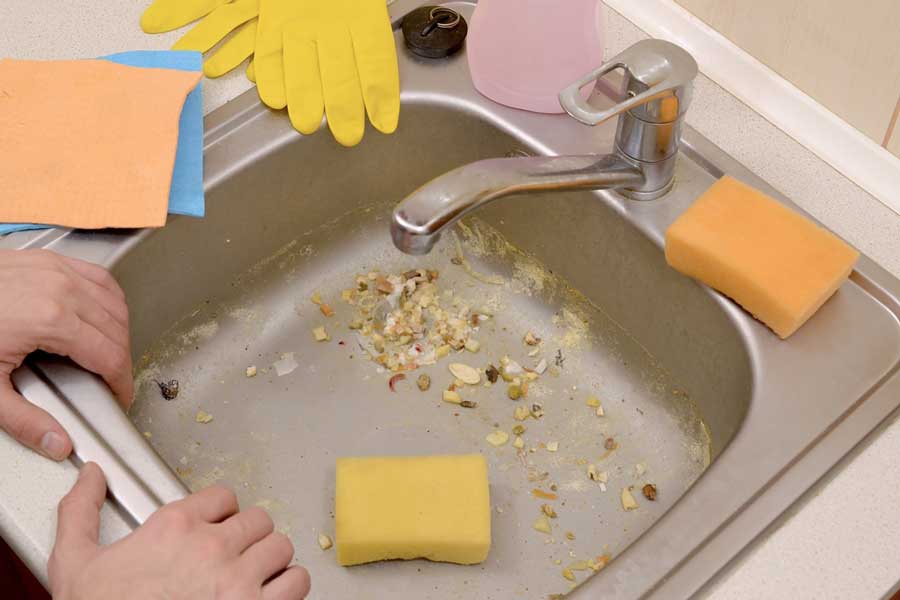
/various-jars-by-sink-in-kitchen-at-home-678911665-5a766bdf119fa800373bc97b.jpg)
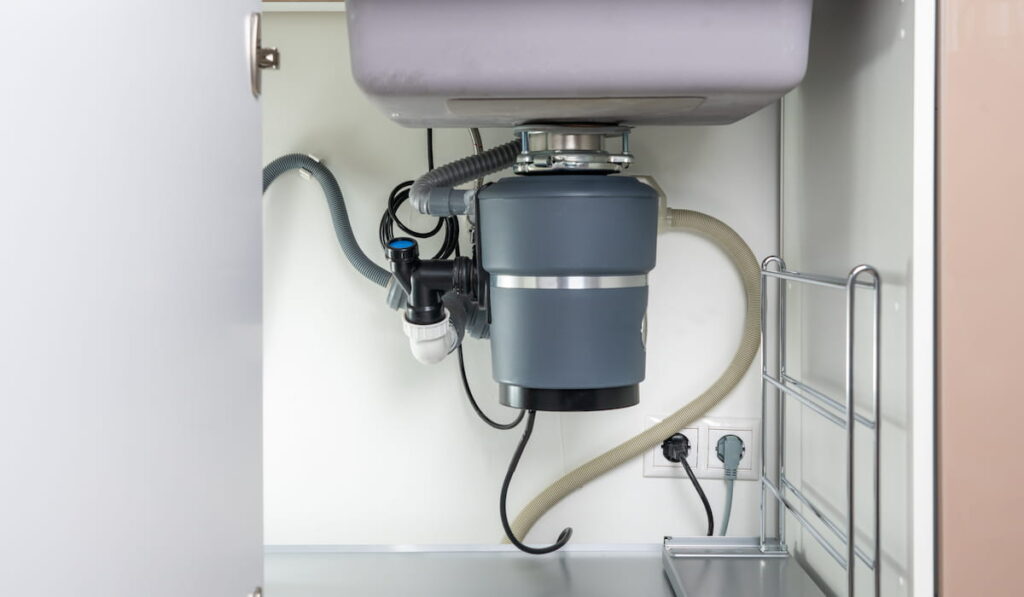

:max_bytes(150000):strip_icc()/garbage-disposal-buying-guide-2718864-hero-205069e72e6a4575b3131db47a6ace26.jpg)
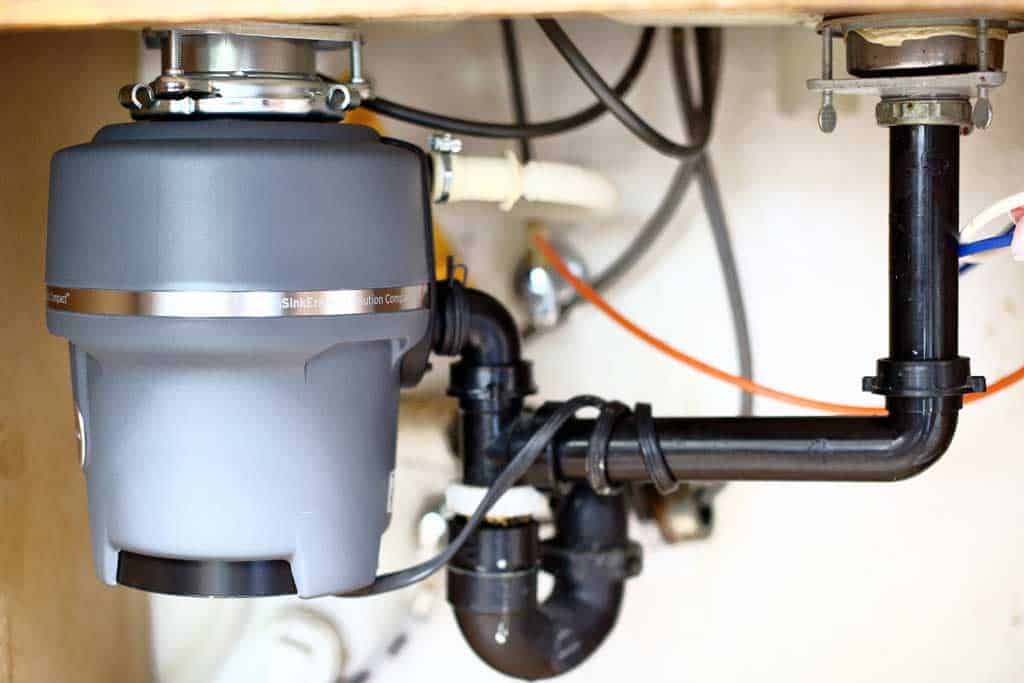



/how-to-install-a-sink-drain-2718789-hero-24e898006ed94c9593a2a268b57989a3.jpg)









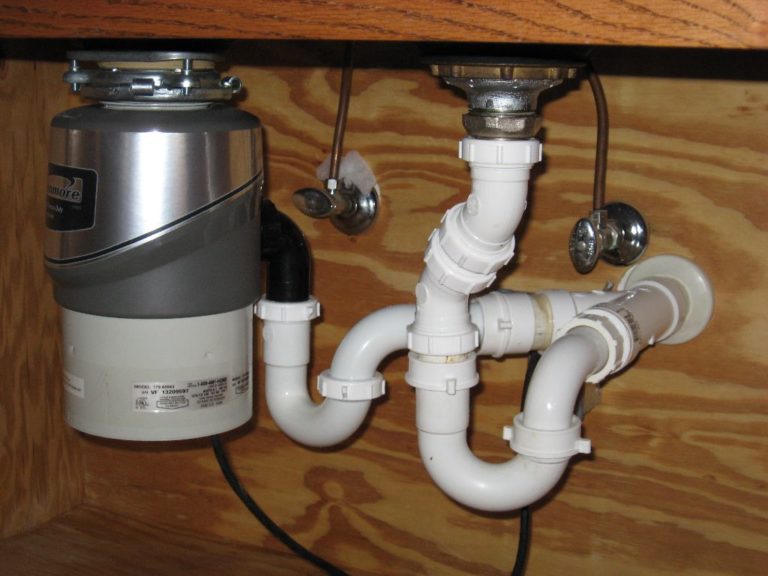

:max_bytes(150000):strip_icc()/water-in-the-kitchen-sink-2000-ccac2fdd4103451b86bb2aa76fae122b.jpg)

